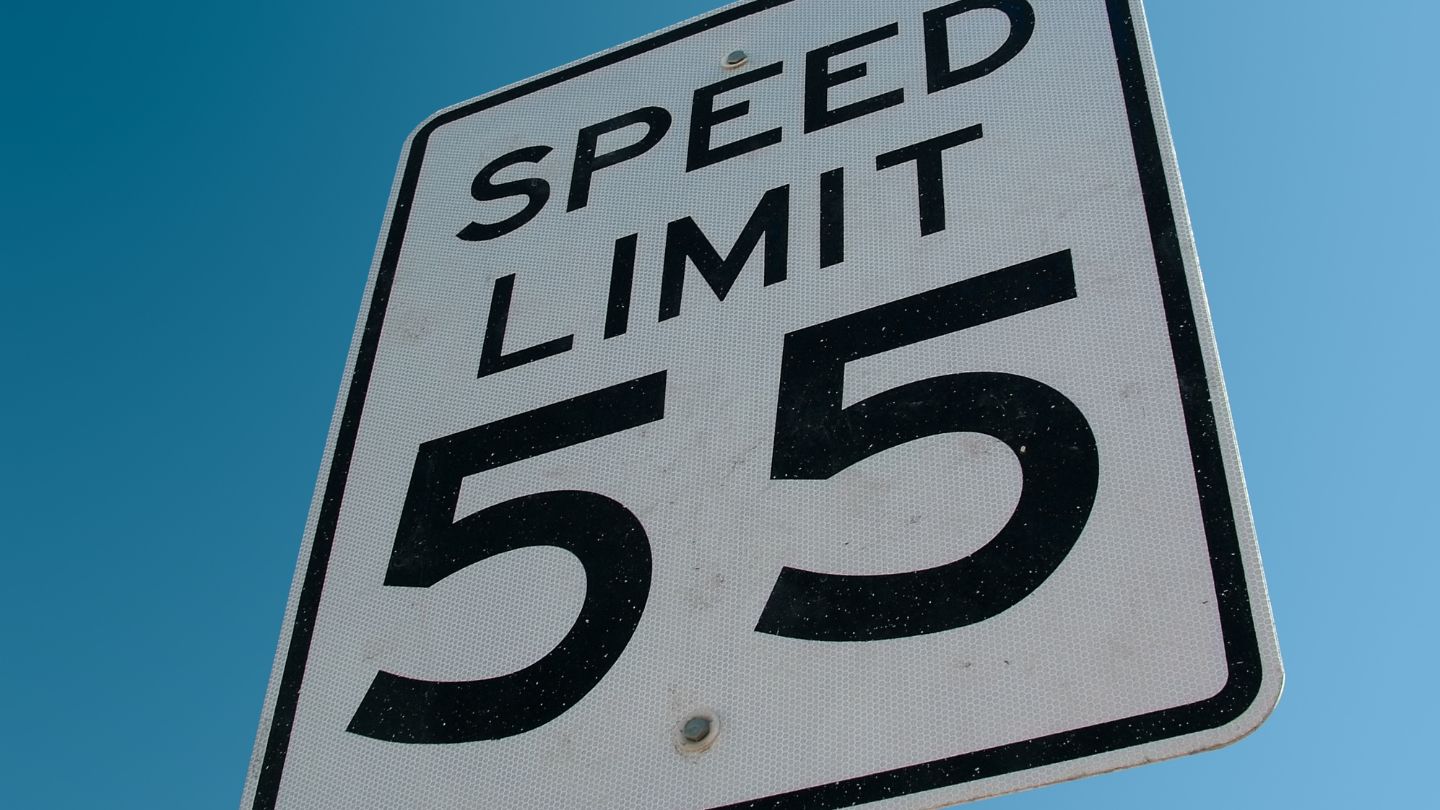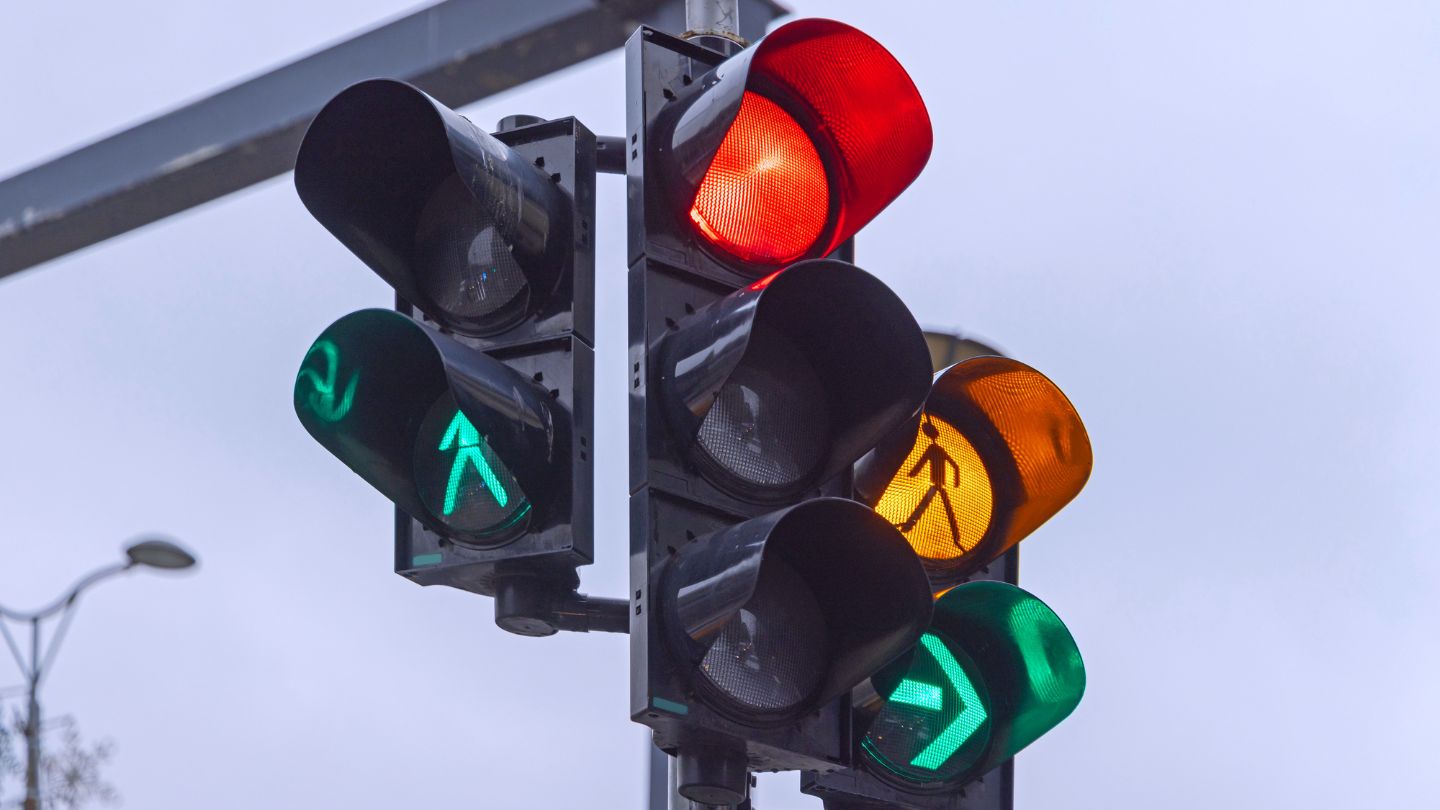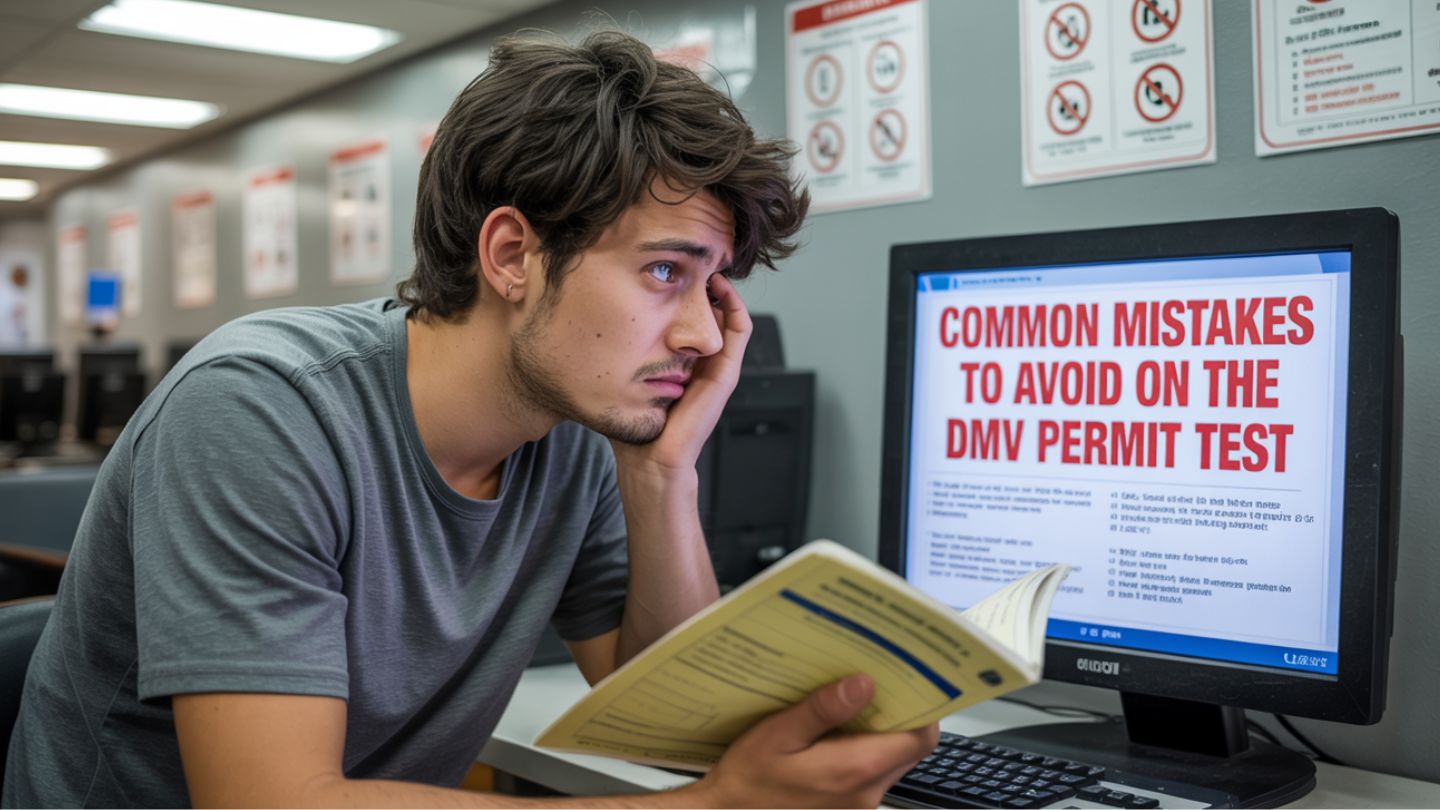Passing the DMV permit test is a crucial step toward getting your driver’s license. However, many people fail on their first attempt because they make avoidable mistakes. In this blog, we will cover the common mistakes to avoid on the DMV permit test to help you increase your chances of passing on the first try.
Key Takeaways
- Thoroughly study the DMV handbook to understand road signs and traffic laws, as this is crucial for passing the permit test.
- Pay attention to right-of-way rules and traffic signals to avoid mistakes such as rolling stops, tailgating, and disregarding signals.
- Maintain safe driving habits by checking mirrors regularly, using turn signals properly, and avoiding distractions to ensure safety and success on the test.
Failing to Study the DMV Handbook
One of the most common mistakes many test takers make is neglecting to study the DMV handbook thoroughly. This handbook is your bible for the driving test, covering everything from road signs to traffic laws. Many candidates underestimate its importance, thinking they can rely on common sense or prior driving experience. However, this can lead to an immediate fail. Common mistakes people make include overlooking this crucial resource during their driving tests.
A significant portion of the permit test focuses on road signs, which are classified into regulatory, warning, and informational categories. Misunderstanding these signs can negatively impact your chances of passing the driving exam. For instance, not knowing the difference between a yield sign and a stop sign can lead to dangerous mistakes on the road.
Thoroughly studying the DMV handbook helps you understand essential road signs and traffic laws, greatly improving your chances of passing the permit test. Make it a habit to review the handbook regularly and take practice tests to reinforce your knowledge. This preparation will not only help you pass the test but also make you a safer and more confident driver.
If you’re gearing up for your road exam, it helps to know how to pass your driving test by focusing on what examiners really want to see: complete stops, proper signaling, and steady control behind the wheel. Good preparation can make all the difference.
Ignoring Road Signs

Recognizing and understanding road signs is crucial for passing the DMV permit test. These signs are not just arbitrary symbols; they convey essential information about road conditions, speed limits, and traffic rules. Ignoring or misinterpreting road signs can result in lost points and potential failure.
Not recognizing road signs can lead to incorrect answers on the permit test. For example, failing to identify a stop sign or a yield sign correctly can cause you to make unsafe decisions on the road, resulting in an automatic fail. One of the biggest mistakes you can make is not paying attention to these critical signs, which can lead to the same mistakes in the future.
Still unsure what the test day will look like? Take a moment to read about what to expect from the Texas driving test so you’re not caught off guard. From vehicle inspections to on-the-road maneuvers, this guide walks you through each stage.
Misunderstanding Right-of-Way Rules
Understanding right-of-way rules is essential for safe driving and passing the DMV permit test. These rules determine who has the right to go first in various driving situations, such as intersections and pedestrian crossings. Misunderstanding these rules can cause hesitation. It may also result in dangerous decisions, particularly at four-way stops.
Traffic rules regarding priority and right-of-way include:
- Pedestrians always have priority over vehicles at pedestrian crossings, and drivers must stop at marked or unmarked crosswalks to allow pedestrians to cross safely.
- At roundabouts, vehicles must yield to traffic already circulating.
- When two vehicles arrive simultaneously at an intersection, the vehicle on the right has the right-of-way.
It also pays to understand how the Texas driving test is evaluated, including how points are deducted and what counts as a critical error. Knowing the scoring criteria gives you an edge and helps you stay in control throughout the test.
Rolling Stops
Rolling stops are one of the most common reasons for failing the driving test in Texas. A rolling stop refers to not fully stopping at stop signs and red lights. Essentially, it involves slowing down but not completely halting the vehicle. This practice can lead to significant penalties and potential failure during the test.
Examiners evaluate your stopping technique closely; failing to make a complete stop at stop signs is seen as a serious error. Ensure you fully wait to stop at stop signs to demonstrate compliance with traffic regulations and make complete stops at the curb.
The fine for making a rolling stop can be hefty, ranging from $75 to $500 or more. Remember, when approaching a four-way stop, you must come to a full stop.
Speed Limits

Adhering to speed limits is crucial, not only for passing the DMV permit test but also for safe driving. Speed limits vary depending on the zone, such as residential areas, school zones, and highways. Memorize these limits and watch for speed limit signs to adjust your speed accordingly.
Driving too slowly can lead to failure on the test, as it disrupts traffic flow and can be dangerous. Conversely, exceeding the speed limit results in an immediate failure. Always drive at the speed limit as required during the driving test. Take a practice drive to reduce anxiety about adhering to speed limits during the test, especially to avoid speeding.
To avoid penalties and prepare for your driving test, consider the following:
- Stay within 10-15 mph below the speed limit or no more than 5 mph above.
- Avoid making excuses about speed limits.
- Demonstrate knowledge and adherence to speed limits during the test.
This preparation will help you navigate different driving conditions confidently and safely.
Improper Lane Changing
Improper lane changing is a frequent mistake among test takers. To change lanes safely, always check your rear view and side mirrors, as well as your blind spot. Signal your intent to change lanes at least 5 seconds before making the maneuver to ensure you have ample time.
When changing lanes, keep the following guidelines in mind:
- Maintain a consistent speed to avoid collisions.
- Avoid weaving in and out of traffic, as it can lead to dangerous situations.
- Always follow proper procedures for lane changes.
- Do not take up more than one lane during a lane change, as this can result in penalties.
Always check mirrors, signal properly, and be aware of your surroundings to ensure safe lane changes.
Disregarding Traffic Lights

Understanding traffic light signals is vital for passing the DMV permit test. Knowing what to do when the light turns green, yellow, or red is essential for safe driving. Before responding to a green traffic light, ensure it is safe to drive.
Disregarding traffic lights can lead to dangerous situations and potential test failure. Always pay attention to traffic light signals and respond appropriately. This knowledge not only helps you pass the test but also ensures you drive safely on the road.
Tailgating
Tailgating, or too closely tailgating another vehicle, is a common reason for point deductions on the DMV driving test. It reduces reaction time to sudden stops, making it a dangerous practice.
To maintain safe driving, keep at least a 3-second gap between your vehicle and the vehicle in front of you. In bad weather or at high speeds, increase your following distance to ensure safety. Maintaining a safe following distance is crucial to avoid tailgating and enhance safety on the road.
Incorrect Use of Turn Signals
Using turn signals properly is essential for safe driving. Drivers often fail to signal their intentions before changing lanes, which is crucial for safety. Always signal before making turns or lane changes to inform other drivers of your actions.
Proper signaling not only enhances communication but also helps to prevent accidents on the road. Make it a habit to use your turn signals consistently and correctly during the driving test and beyond.
Distracted Driving

Distracted driving is a significant issue that can lead to test failure and dangerous situations on the road. Distractions like phones or music should be avoided during the driving test. Using a cell phone is a major distraction to avoid.
To ensure success during the driving test:
- Keep small talk minimal to maintain focus.
- Minimize distractions.
- Ensure your cell phone is either turned off or placed in the glove box during the test.
- Focus on driving.
- Be aware of your surroundings to ensure safety and success.
And in case things don’t go as planned the first time, it’s important to know how often you can attempt the Texas driving test. This blog explains the rules around retakes and how to prepare for your next shot with confidence.
Not Understanding Basic Vehicle Control
Knowing how to control the vehicle, including proper steering, braking, and accelerating, is critical for passing the permit test. Examiners prioritize safe vehicle handling and driving skills, so critical mistakes like loss of control can lead to immediate failure.
Control and safety are essential for examiners; they want to see smooth and consistent maneuvers. Keep both hands on the wheel and perform hand-over-hand turns smoothly to maintain full control of the steering wheel during the road test.
Gradual and comfortable braking is the recommended technique for stopping in non-emergency situations. Erratic braking patterns can hinder your test performance, so smooth and slow consistent brake pressure is key.
Forgetting to Check Mirrors Regularly
Regularly checking mirrors is a crucial habit for safe driving. Checking mirrors alerts drivers to vehicles in blind spots, making it essential for safe driving. Major points are deducted for not checking mirrors during the test, highlighting its importance.
Drivers should check their mirrors every 5-10 seconds during the driving test. To ensure mirror checks are recognized during the test, exaggerate your mirror checks. This practice will help you stay aware of your surroundings and avoid potential hazards.
Final Thoughts
Preparing for the DMV permit test can be overwhelming, but understanding the most common mistakes can make a significant difference. From neglecting to study the DMV handbook to improper lane changes and ignoring road signs, this blog outlines the critical missteps that often lead to failure. Mastering safe driving habits, right-of-way rules, and traffic signals can help you approach the test with confidence.
At Easy Drivers Ed, we provide everything you need to prepare for your Texas driving permit practice test, including comprehensive online courses, real-world driving scenarios, and practice tools tailored to Texas state requirements. With our support, you’ll be better equipped to pass your permit test and build a strong foundation for safe driving.
Frequently Asked Questions
When can you start online driver education in Texas?
You can start online driver education in Texas as soon as you meet the age requirements set by the state. So if you’re eligible, go ahead and get started!
What is the cost of the Teen Drivers Ed course in Texas?
The Teen Drivers Ed course in Texas typically costs $60.00. It’s a great investment for your teen’s safety on the road!
How long is the Teen Drivers Ed course?
The Teen Drivers Ed course is 24 hours long.
Can you take the driving permit test at home?
Absolutely, you can take the driving permit test at home in some states. Just check with your local DMV for specific requirements and options.
What certificate do you receive after completing the first 6 hours of driver’s ed courses?
After completing the first 6 hours of driver’s ed courses, you receive the PTDE-964 or ADE-1317 certificate of completion. This certificate is a key step in getting your driver’s license!

